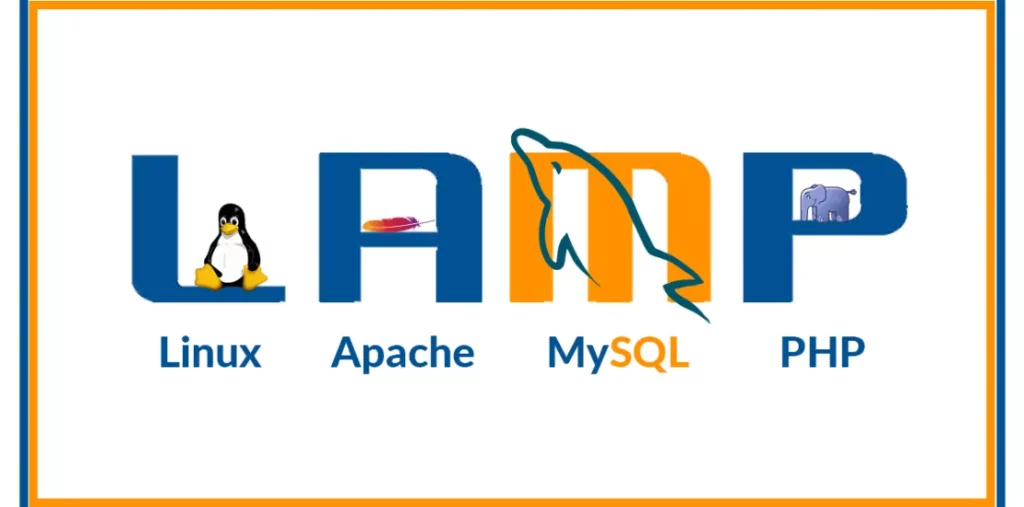
In this tutorial, we’ll guide you through the process of setting up a LAMP (Linux, Apache, MySQL/MariaDB, PHP) stack on a Debian 11 server. A LAMP stack is a popular choice for hosting dynamic websites and web applications. Let’s get started!
Step 1: Install Apache Web Server
We’ll begin by installing the Apache web server:
sudo apt-get install apache2 apache2-utils -y
Now, start Apache:
sudo systemctl start apache2To ensure Apache starts on boot, enable it:
sudo systemctl enable apache2You can check the status of Apache with:
systemctl status apache2Note: To see the default Apache webpage, open your web browser and navigate to your server’s IP address.
Step 2: Install MariaDB Database Server
Next, we’ll install MariaDB, a powerful and secure database server:
sudo apt-get install mariadb-server -y
Start MariaDB:
sudo systemctl start mariadb
Enable MariaDB to start on boot:
sudo systemctl enable mariadb
Check the status of MariaDB:
systemctl status mariadb
Now, let’s secure your MariaDB installation using the script:
sudo mysql_secure_installation
Follow the prompts to set a new root password, remove anonymous users, disallow remote root login, and remove the test database.
Step 3: Install PHP
Install PHP and some essential modules for Apache:
sudo apt install php -y
sudo apt-get install php libapache2-mod-php php-cli php-mysql php-zip php-curl php-xml -yTo verify the PHP installation and check its version, run:
php -vConclusion:
Congratulations! You’ve successfully set up a LAMP stack on your Debian 11 server. You’re now ready to develop and host dynamic web applications.
This guide provides a solid foundation for hosting web applications, and you can build on it for more complex projects.

Leave a Reply